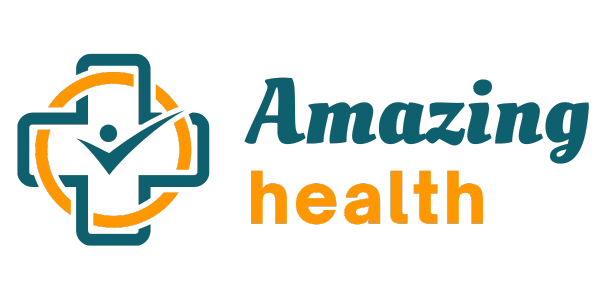Introduction
How to Use Progress Learning in Your Classroom, Education is an ever-evolving field, and educators are continually exploring innovative teaching methods to enhance the learning experience for students. One such approach that has gained prominence in recent years is “Progress Learning.” Progress Learning is a multifaceted teaching strategy that focuses on tracking and enhancing each student’s progress individually. How to Use Progress Learning in Your Classroom, In this article, we will explore what Progress Learning is, its advantages, and how to effectively incorporate it into your classroom.

Understanding Progress Learning
Progress Learning, also known as personalized learning or mastery-based learning, is an instructional approach that tailors the learning experience to each student’s needs, pace, and abilities. How to Use Progress Learning in Your Classroom, Instead of adhering to a one-size-fits-all curriculum, teachers implement Progress Learning by:
Must Read=Snezana i sedam patuljaka
- Setting Clear Learning Objectives: The first step in Progress Learning is defining specific learning objectives for each student. These objectives should be aligned with the curriculum and adjusted according to the student’s readiness and pace.
- Assessing Baseline Skills: Teachers assess students’ current skills and knowledge at the beginning of a course. This diagnostic assessment helps in identifying individual strengths and areas that require improvement.
- Customizing Learning Paths: Based on the baseline assessment, teachers create personalized learning paths for each student. How to Use Progress Learning in Your Classroom, These paths may involve different learning resources, materials, and teaching strategies to cater to diverse learning styles and abilities.
- Continuous Assessment: Instead of relying solely on summative assessments, Progress Learning incorporates formative assessments and regular check-ins to gauge student progress. Teachers can adjust the learning path based on these assessments.
- Self-Paced Learning: Progress Learning encourages students to take control of their learning. They can work at their own pace, allowing them to delve deeper into subjects they find challenging or progress more quickly in areas where they excel.

Advantages of Progress Learning
- Individualized Learning: Progress Learning allows educators to cater to the unique needs of each student. This individualized approach promotes a deeper understanding of concepts and increased retention.
- Improved Student Engagement: When students have agency over their learning, they are more likely to engage actively in the learning process. This can lead to increased motivation and enthusiasm for the subject matter.
- Higher Achievement Levels: By accommodating different learning styles and paces, Progress Learning can lead to improved academic performance. Students can master topics before moving on, reducing the risk of knowledge gaps.
- Reduction in Achievement Gaps: Progress Learning can help bridge achievement gaps, as students who may struggle in a traditional classroom setting have the opportunity to receive targeted support.
- Preparation for Lifelong Learning: Progress Learning equips students with essential skills for lifelong learning. They learn how to set goals, manage their time, and adapt to different learning environments.
Implementing Progress Learning in Your Classroom
Now that you understand the benefits of Progress Learning, here’s how to effectively implement it in your classroom:
- Clear Learning Objectives: Define specific learning objectives for each student, aligned with the curriculum. Ensure that these objectives are measurable, achievable, and relevant.
- Baseline Assessment: Start the course with a diagnostic assessment to identify students’ strengths and areas that need improvement. This assessment will serve as a benchmark for tracking progress.
- Personalized Learning Paths: Create personalized learning paths for students. These paths should include a variety of resources, such as textbooks, online courses, videos, and interactive activities.
- Regular Check-Ins: Schedule regular one-on-one meetings with students to assess their progress, provide feedback, and make necessary adjustments to their learning paths.
- Encourage Self-Paced Learning: Promote student autonomy and self-directed learning. Encourage students to set their own goals and monitor their progress.
- Adaptive Technology: Incorporate educational technology and adaptive learning platforms to help track and personalize student progress effectively. These tools can provide insights into individual strengths and weaknesses.

- Flexibility: Be flexible in your approach. Understand that students have varying learning paces and needs. Adapt your teaching methods accordingly.
- Collaboration: Encourage peer collaboration. Students can learn from each other, share their experiences, and work on group projects to reinforce their learning.
- Parent and Guardian Involvement: Keep parents and guardians informed about their child’s progress, and involve them in the learning process. Regular communication can enhance student support.
- Continuous Professional Development: As an educator, stay updated on Progress Learning best practices and continually refine your teaching methods to best serve your students.
Conclusion
Progress Learning is a dynamic and effective approach to education that empowers both teachers and students. By personalizing learning experiences, tracking progress, and adapting to individual needs, educators can unlock the full potential of their students. It is a valuable strategy for addressing the diverse learning styles and abilities present in today’s classrooms, ultimately leading to improved academic outcomes and better-prepared students for the challenges of the future.











